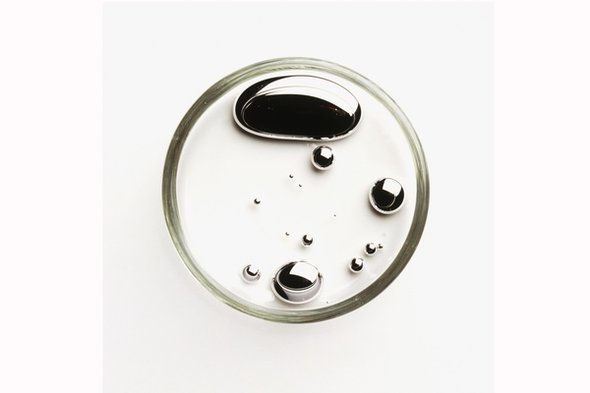Does Mercury Really Cause Autism?
- Margie Salsbury
- Nov 8, 2017
- 4 min read

In their October 23 evaluation piece "Why Does Autism Impact Boys More Frequently Than Women? " Renee Joy Dufault and Steven G. Gilbert try to argue that autism investigations are on the rise because of inorganic mercury content in processed foods. Going a step further, they attempt to build a justification for attributing mercury. Using the illustration of a single observational research reporting that mercury affects chemical tagging of one gene in 1 cell type differently in girls and boys, the pair constructs a delicate chain of putative connections between this single study and their assert that "inorganic mercury has been rising for many years in American blood."
The promises are problematic on several levels, but let's just have a visit to the ground floor: evidence.
To begin with, mercury levels in "American blood" and pee are reducing, not increasing. The latest analysis of values of inorganic mercury in urine and total blood mercury, printed online September 6 in Environmental Toxicology and Pharmacology, determines that by 2005 to 2012 among all age groups, urinary inorganic mercury decreased. Overall blood mercury, including organic (carbon-bound) and inorganic forms, also decreased in all age groups during that time. These decisions are based on data from the U.S. Centers for Disease Control and Prevention, National Health and Nutrition Examination Survey. Meanwhile, the other CDC data imply that autism prevalence has increased. The tendencies for mercury levels and autism prevalence in individuals living in the USA are in opposite directions.
The analysis that Dufault and Gilbert used to maintain increased inorganic blood mercury levels also relied on NHANES data from a previous period. The study author, Dan Laks, concluded that by 1999 to 2006, the percentage of individuals with levels of mercury had increased. However, the analysis involved. One is that as sample storage time progresses, mercury detection results with the processes implemented become less dependable, and inorganic mercury measurements are "particularly susceptible" to such compound caprice. Secondly, the "overwhelming majority" of the population in this study--70--95 percent--had imperceptible mercury levels. By specifying the same mercury value to every sample which was under the limit of 22, Laks tried to solve this issue. He discusses this research in a video that's part of the bonus material for Evidence of Harm, a movie claiming that mercury amalgam fillings cause catastrophic health effects.

The bulk of the germ exposure is the organic form, which we consume largely through eating certain fish. Another source of mercury in our bodies would be mercury vapor from coal-burning emissions. By leading to organic mercury this can accumulate, or people can inhale it. To put it differently, processed foods with trace mercury contamination are the least of our vulnerability worries when it comes to mercury, particularly since Default and Gilbert provide no evidence that we collect it at amounts like that or consume.
Secondly, abundant evidence from research forms a base to explain autism investigations seem to be climbing consciousness along with expansions and changes. As an example, a study utilizing Swedish registry info for nearly 20,000 twins and over 1 million kids in complete discovered that documentation of dementia comprises changed little over the decades even as autism investigations increased steadily. The authors concluded that kids were always present in the same incidence but going unidentified. They explain any influence of environmental fluctuations as "marginal."
Journalist Jessica Wright's analysis of the huge effect of consciousness and diagnostic changes lays out the evidence from clear detail. The best candidates for factors include the age of the father as she rightly notes. Most findings point to genes since the dominant actors in autism, suggesting limited openings for any environmental contenders. PON1, the enzyme which Dufault and Gilbert quote as a link in the chain of events from parental inorganic mercury ingestion to boys with autism, is a rather lukewarm selection from the catalog of autism-related gene variants.
And that brings us to point three. Right now, the CDC data put the ratio of boys to girls with autism at about five to one. Many researchers have interpreted this ratio to indicate some autism susceptibility. But there is another plausible explanation with increasing evidence to back it up: That diagnostic change that captures more individuals with autism than ever before may be a lot more capable of identifying boys compared to girls. It would not be the very first time that a focus on males over females has yielded skewed impressions.
Although Gilbert and Dufault are careful to dismiss seemingly deathless claims of mercury for a connection between autism and vaccines, they are still dragging mercury back onto the autism research phase primarily based on speculation and single-study argumentation. In the premise in the headline into the claims of gender biases and increases, break or substantial evidence exists to weaken every connection in their logic string. Short of some startling new, overwhelming evidence to crush years of study involving over a million kids, the science demonstrates that mercury in any form and autism have nothing to do with each other and never have.







Comments